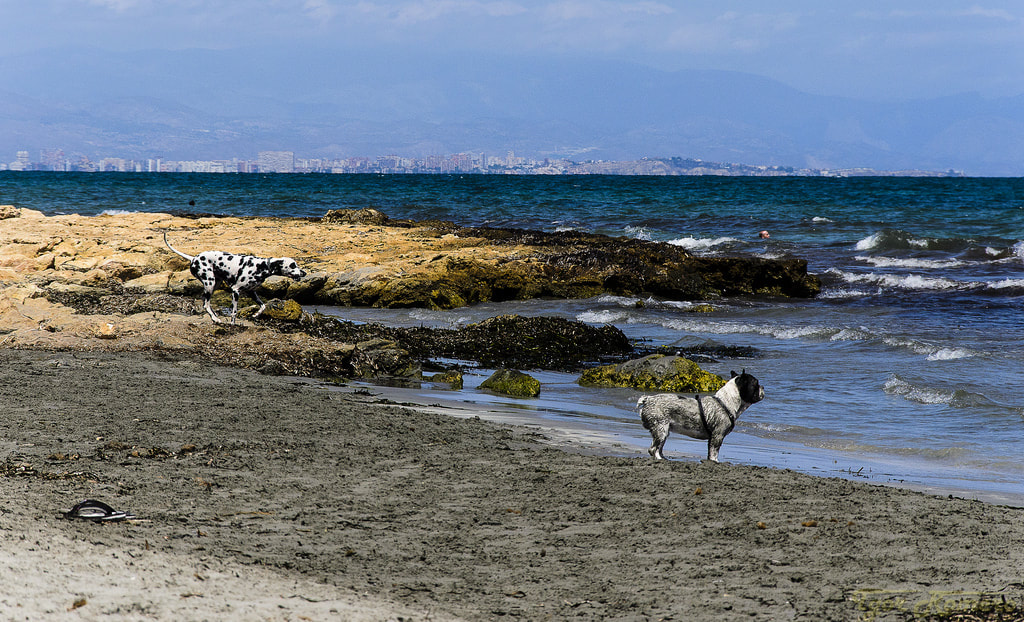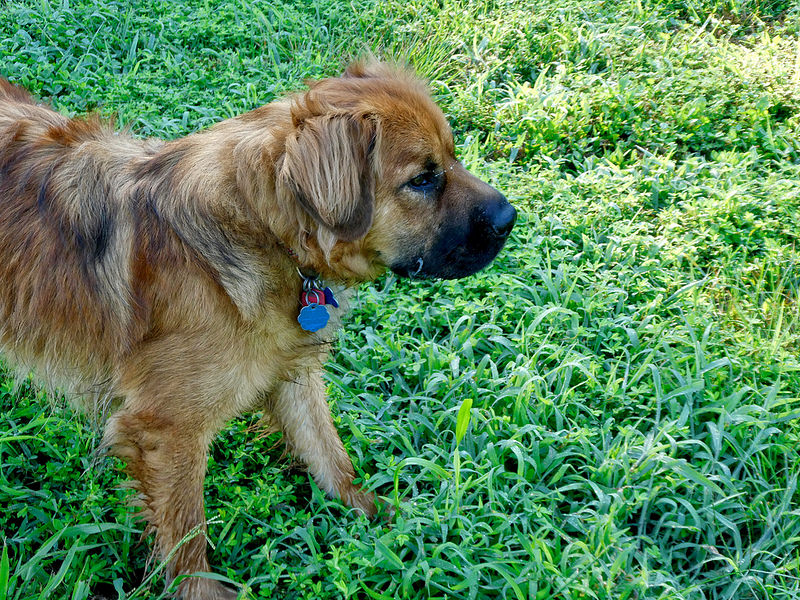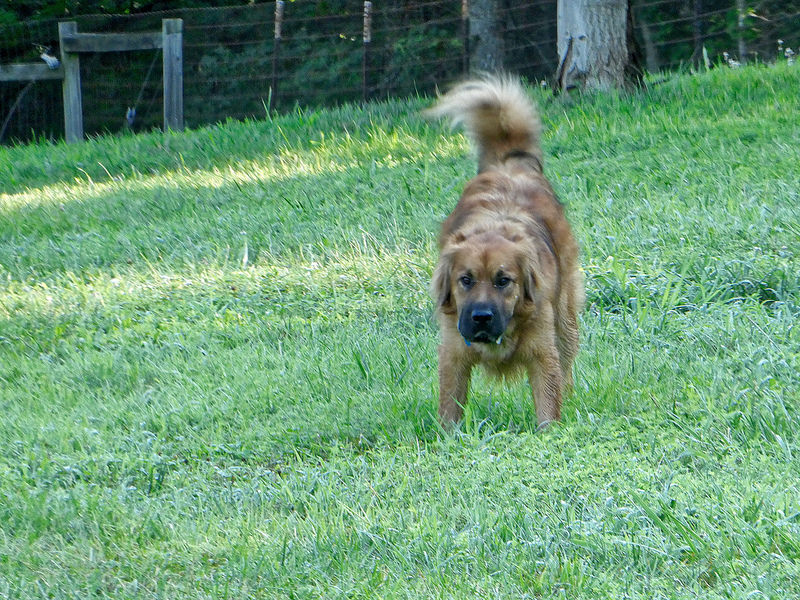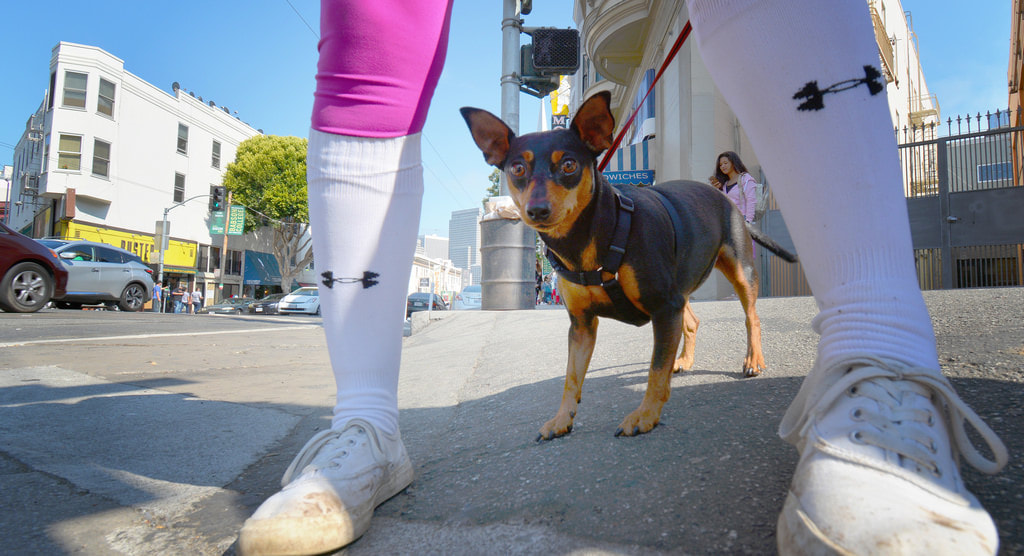A lot of people have problems with their dogs pulling on leash. Pulling starts from a very young age.
Learning what triggers the pulling and how to change it can make leash walking with your dog more enjoyable and fun.
Dogs naturally pull on leash for several reasons.
Learning what triggers the pulling and how to change it can make leash walking with your dog more enjoyable and fun.
Dogs naturally pull on leash for several reasons.
Dogs Are Fast
Since most dogs can cover distance a lot quicker than humans can, they will pull to the point of gasping for breath. Second, dogs have what is called opposition reflex.
As soon as they feel pressure on their necks or chests they reflexively lean into it.
So, given this information, it is vital to begin anti-pulling exercises at a very young age.
To begin, you must be able to stand still with your dog on leash without him pulling and straining at the end of it.
As soon as they feel pressure on their necks or chests they reflexively lean into it.
So, given this information, it is vital to begin anti-pulling exercises at a very young age.
To begin, you must be able to stand still with your dog on leash without him pulling and straining at the end of it.
Pull Back Your Dog
As your dog pulls and the leash becomes tight, pull your dog back into you while giving him a verbal correction.
Some dogs will run and hit the end of the leash again. You must persevere and pull your dog back into you with a verbal correction as many times as it takes. animal-care.net/how-to-keep-your-dog-happy-and-healthy/
Sooner or later he will give up and stay near you with the loose leash.
Some dogs will run and hit the end of the leash again. You must persevere and pull your dog back into you with a verbal correction as many times as it takes. animal-care.net/how-to-keep-your-dog-happy-and-healthy/
Sooner or later he will give up and stay near you with the loose leash.
Reward Your Dog
At this moment, heavily reward your dog with food, praise, and pats. Once he is standing consistently with you on a loose leash you can begin your walk.
When you begin your walk, start with the leash hanging loose.
When you begin your walk, start with the leash hanging loose.
Running Ahead
As you take a few steps forward, your dog will most likely run ahead and hit the end of the leash.
As soon as he takes off and the leash becomes tight, immediately change directions and make a full turn. Your dog will have no choice but to follow suit. www.dog-dogs.com
As your dog catches up to you, be ready to heavily reinforce him.
As soon as he takes off and the leash becomes tight, immediately change directions and make a full turn. Your dog will have no choice but to follow suit. www.dog-dogs.com
As your dog catches up to you, be ready to heavily reinforce him.
Training
If you allow your dog to make forward progress when the leash is tight, then you are training your dog to pull.
Your dog needs to learn that there will be no forward progress made when the leash is tight. In fact, they will lose distance by making the turn.
Another exercise to try is the red light/green light game. Begin walking forward with your dog.
Your dog needs to learn that there will be no forward progress made when the leash is tight. In fact, they will lose distance by making the turn.
Another exercise to try is the red light/green light game. Begin walking forward with your dog.
When he hits the end of the leash and begins pulling, immediately put on the brakes. Your dog will most likely fight this and start bucking, but it is important to remain rigid and become a statue.
Do not look at your dog, talk to your dog, or move forward again.
Do not look at your dog, talk to your dog, or move forward again.
Red Light
You will probably need to put the red light on often in the beginning, but with repetition and consistency, your dog will begin to see the picture; leash is tight no distance is covered, leash is loose forward progress is made. Yippee!
Yet another exercise is to form circles. Begin walking forward with your dog on a loose leash.
Yet another exercise is to form circles. Begin walking forward with your dog on a loose leash.
You Did It
Stop and begin to walk forward again. This will momentarily disorient your dog long enough for you to make several steps with a loose leash.
At this point you can heavily reward him with a few special treats coupled with heavy praise. Remember that the key to training is information and communication from you.
There are hand and arm saving pieces of equipment on the market for adult dogs with extreme pulling habits.
At this point you can heavily reward him with a few special treats coupled with heavy praise. Remember that the key to training is information and communication from you.
There are hand and arm saving pieces of equipment on the market for adult dogs with extreme pulling habits.




